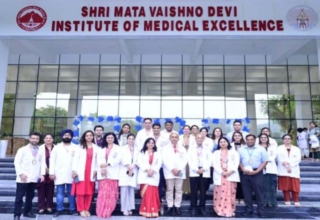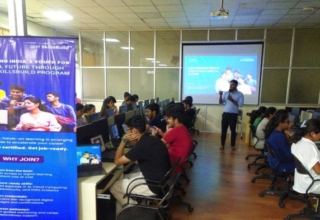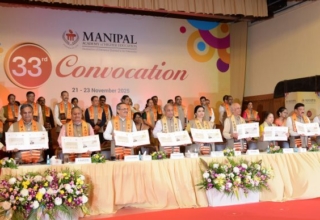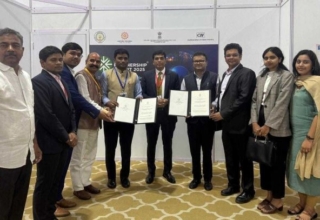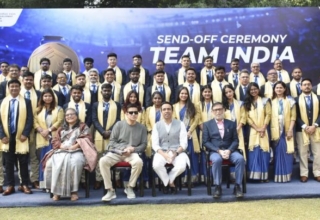Samsung PRISM (Preparing and Inspiring Student Minds) – has been launched to stimulate the Indian innovation ecosystem, and build capabilities among students that meet industry needs.The program, which will be run by Samsung R&D Institute Bangalore (SRI-B), Samsung’s largest R&D facility outside of Korea, aimed to involve engineering colleges that are in the top positions of the Government of India’s National Institutional Ranking Framework (NIRF) rankings. SRI-B has so far signed MoUs with 10 engineering colleges. It will add more colleges over the next few months.
Once the program rolls out, SRI-B will collaborate with students and faculty at these engineering colleges, giving them research as well as development projects to be executed over four to six months. Students will get to work on projects in cutting edge technology areas such as Artificial Intelligence (including vision tech), Machine Learning, Internet of Things & Connected Devices and 5G networks, to solve real world problems.
Each project will be taken up by a team of three students and one professor, with a mentor from SRI-B who will guide and train them, and conduct regular reviews. Each engineering college can have multiple teams, and students will be selected on the basis of a test conducted by SRI-B. Students will also be encouraged to publish papers and file patents jointly with SRI-B.
All team members on project completion will be given certificates by SRI-B. So far, 46 teams have been recognized for their exceptional work and have been rewarded too. SRI-B has signed MoUs with Vellore Institute of Technology, SRM Institute of Science and Technology, Manipal Academy of Higher Education, M.S Ramaiah Institute of Technology, RV College of Engineering, BMS College of Engineering, Siddaganga Institute of Technology, and others.
SRI-B had started a pilot program for Samsung PRISM last year, in which 150 teams worked on unique R&D projects. The teams worked on ‘Make for India’ projects such as handwriting recognition for Indian languages and AI-based Indian language translation. Some teams worked on research projects such as intelligent navigation via in-home object recognition and improving video quality in low light conditions.


